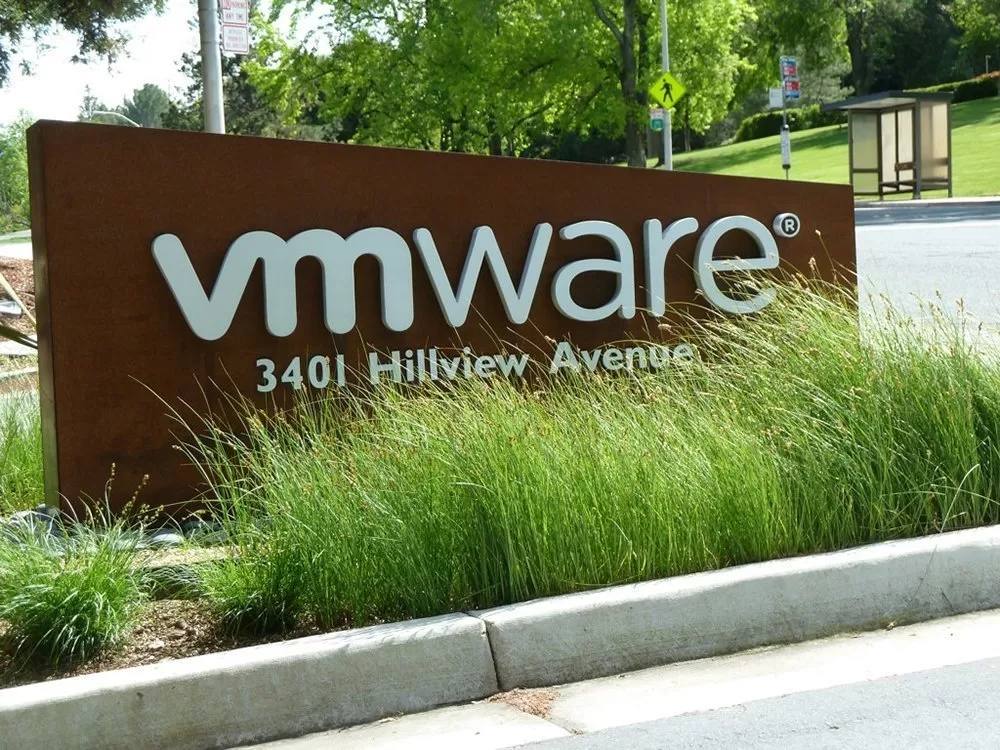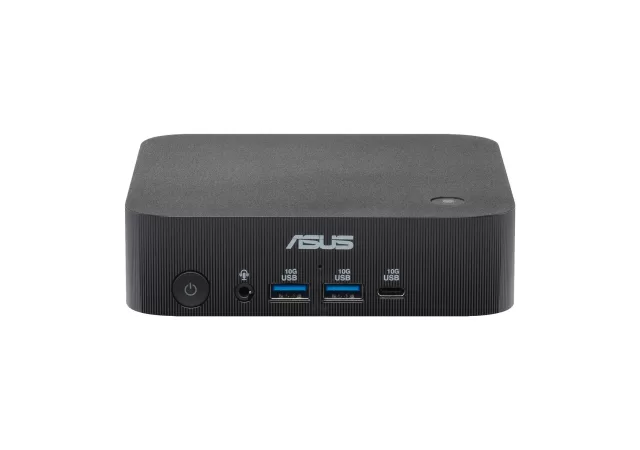Following its acquisition of VMware in November 2023, Broadcom has decided to discontinue the free version of VMware’s ESXi hypervisor. This decision, outlined in a knowledge base article, aligns with Broadcom’s termination of perpetual licensing, marking the Free ESXi Hypervisor as End Of General Availability (EOGA).

The announcement states, “VMware vSphere Hypervisor (free edition) is no longer available on the VMware website,” impacting versions ESXi 7.x and 8.x. While the free version had limitations, such as restrictions on cores and memory, it was popular among hobbyists and testers due to its advanced management features.
Despite discontinuing the free version, users can still access the hypervisor through VMware User Group ‘advantage’ licensing. Broadcom has clarified that no substitute product is offered for the free version.
This decision is part of Broadcom’s broader strategy, seen in a list of discontinued services on the company’s blog. Among 59 products no longer available as standalone options, only 32 have received a replacement or add-on product. Broadcom’s recent changes include setting a minimum requirement of 3,500 cores running VMware Cloud Foundation for inclusion in its cloud partner program and terminating perpetual licenses in favour of subscriptions.
This move and other significant alterations have stirred customer dissatisfaction, prompting some to explore alternative solutions.
In a broader context, Broadcom’s $61 billion acquisition of VMware has led to substantial transformations, including layoffs, the end of perpetual licenses, and now, the discontinuation of the free ESXi hypervisor. These strategic moves indicate Broadcom’s intent to reshape VMware’s portfolio but have also raised concerns among users about the rapid and impactful changes.
For those who utilized the free ESXi hypervisor, the options for migration to alternative products like Proxmox, XCP-ng, or even the Hyper-V capabilities in Windows 10 and 11 Pro versions are suggested. As Broadcom steers VMware towards a new direction, users are advised to adapt to the evolving landscape of virtualization solutions.





